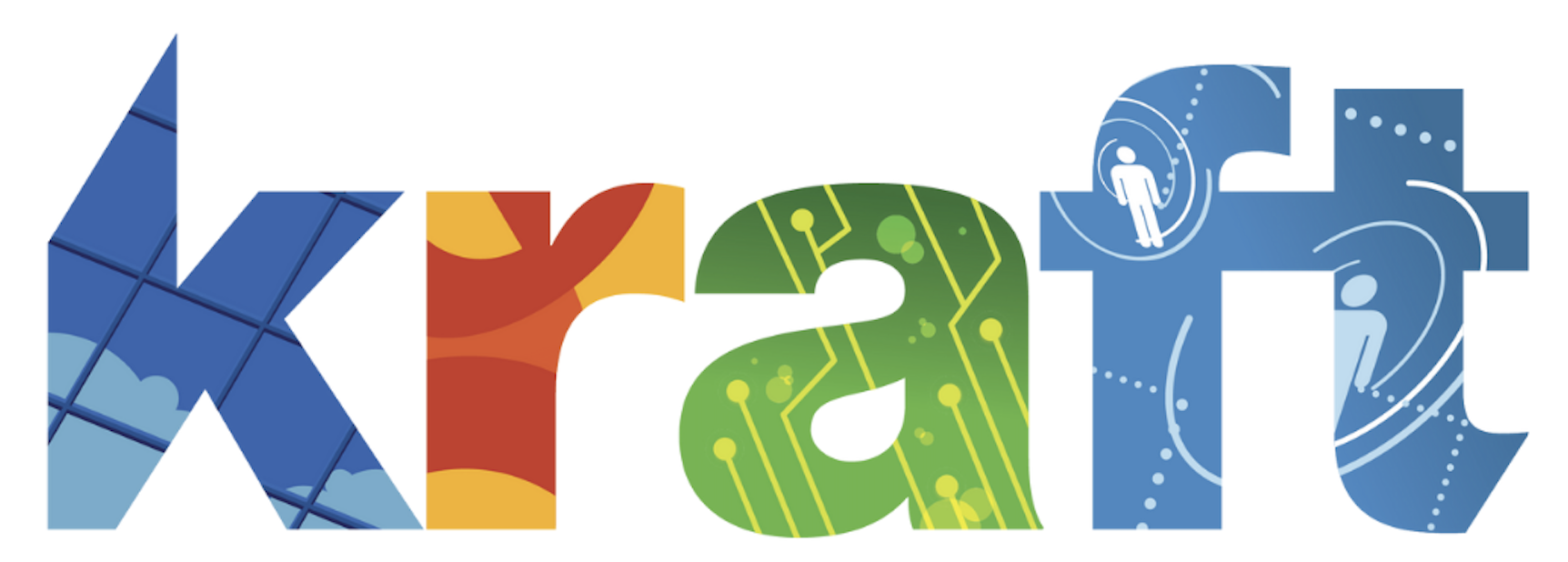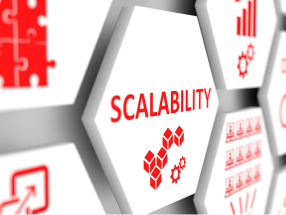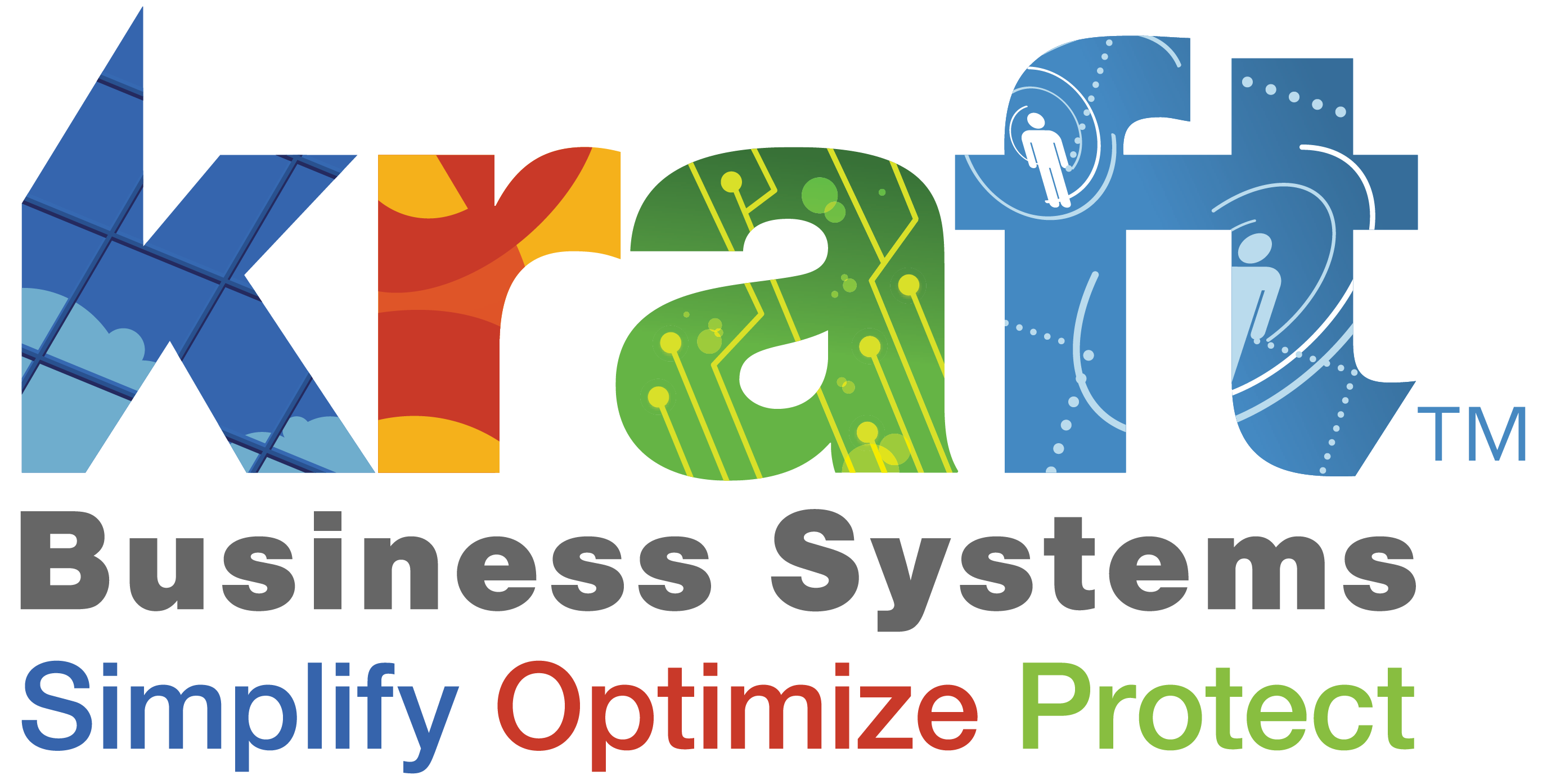
What is Cloud Security?
Cloud security encompasses a variety of measures and technologies designed to protect cloud-based data, applications, and infrastructure from cyber threats. It involves implementing policies, controls, and best practices to maintain data integrity, confidentiality, and availability.
Why is Cloud Security Important
As businesses increasingly adopt cloud computing, they become more vulnerable to cyber-attacks. Effective cloud security measures help prevent data breaches, unauthorized access, and other security incidents, ensuring business continuity and peace of mind.
Our Cloud Security Solutions
Kraft Business Systems offers a diverse range of cloud security solutions to meet your business’s unique needs. Our services include identity and access management, data encryption, network security, and continuous monitoring to provide comprehensive protection for your cloud environment.
Benefits of Cloud Security Services
Enhanced Data Protection
Safeguards sensitive information from unauthorized access and breaches
Regulatory Compliance
Ensures adherence to industry standards and regulations.
Business Continuity
Minimizes downtime and ensures uninterrupted access to data and applications.
Cost Efficiency
Reduces expenses associated with security incidents and data breaches.
Scalability
Security solutions that evolve with your business needs.
Understanding Different Type of Cloud Environments
Key Components of Cloud Security

Identity and Access Management (IAM)
Importance
IAM controls access to your cloud resources, ensuring only authorized users can perform specific actions.
Best Practices
Implement multi-factor authentication (MFA), enforce strong password policies, and regularly review access controls.
Our Solutions
We offer robust IAM solutions, including MFA, role-based access controls, and regular audits for secure cloud access.
ELIMINATE UNCERTAINTYData Security
Protection Measures
Data security involves protecting information from unauthorized access, alteration, or destruction.
Encryption Methods
Use encryption for data at rest and in transit, implement data masking, and use secure key management practices.
Our Solutions
We provide comprehensive data security solutions, including advanced encryption, secure key management, and data loss prevention (DLP).
ELIMINATE UNCERTAINTYCloud Security Posture Management (CSPM)
Understanding CSPM
CSPM involves continuously monitoring and improving cloud security to identify and mitigate risks.
Benefits
Provides real-time visibility, proactive risk mitigation, and compliance assurance.
Our Services
We offer CSPM solutions with automated risk assessments, compliance checks, and continuous monitoring.
Benefits of Cloud Security Services


Comprehensive Cloud Security Solutions
Popular Tools: Various cloud security tools and their features.
Our Tools: We offer a range of tools, including firewalls, IDPS, and encryption solutions.
Best Practices: Guidelines for secure cloud infrastructure.
Key Elements: Components like network segmentation, identity management, and encryption.
Our Solutions: We design secure cloud architectures tailored to your needs.
Integrated Solutions: Advantages of using integrated security platforms.
Our Platforms: We provide integrated security platforms for end-to-end protection.


Exploring Advanced Concepts in Cloud SecurityAdvanced Concepts

Ensuring Security and Compliance
Regulatory Compliance
Compliance requirements for various industries.
Frameworks and Standards
Common frameworks like GDPR, HIPAA, and PCI DSS.
Our Services
We help ensure regulatory compliance with robust controls and policies.
ELIMINATE UNCERTAINTYEnhancing Posture
Advanced Techniques
Strategies for improving security posture.
Role of Automation
Benefits of using automation.
Our Posture Management
We offer advanced posture management solutions.
Krafting a Disaster Recovery Plan



Common Cloud Security Questions

Cloud security refers to the practices and technologies designed to protect data, applications, and infrastructure in the cloud from security threats. It includes implementing security measures and controls to safeguard cloud assets and ensure data integrity, confidentiality, and availability.
The importance of cloud security lies in its ability to protect sensitive information, ensure compliance with regulations, and maintain an organization’s security posture. Effective cloud security helps mitigate security threats and prevents data breaches, unauthorized access, and other incidents.
Cloud Security Posture Management (CSPM) involves continuously monitoring and improving the security posture of cloud environments. CSPM tools help identify and mitigate security risks, ensuring that security policies and best practices are effectively implemented and maintained.
Kraft Business Systems offers comprehensive security strategies including CSPM, identity and access management (IAM), data encryption, and continuous monitoring. Our services are tailored to secure your cloud, address cloud security challenges, and ensure a robust cloud security strategy.
The key components of cloud security include IAM, data encryption, network security, continuous monitoring, and incident response. These elements form the pillars of cloud security and help build a secure security architecture for cloud deployments.
Businesses can ensure regulatory compliance by implementing robust security controls, following industry standards, and conducting regular audits. This approach helps maintain security and compliance across cloud and on-premises environments.
We address cloud security challenges by offering advanced threat detection, comprehensive risk management, regular audits, and continuous monitoring. Our solutions are designed to protect cloud-based security systems and enhance your security posture.
Emerging trends in cloud security include automation in security practices, advanced threat detection, and the use of integrated security platforms for comprehensive protection. Staying ahead of these trends helps ensure a secure cloud environment.
There are various types of cloud security solutions including public cloud services, private cloud security, and hybrid cloud environments. Each solution offers different security features and benefits, helping optimize your cloud security strategy.
A cloud security provider is responsible for securing the cloud infrastructure, while customers must secure their data, applications, and configurations. Understanding these security responsibilities is crucial for effective cloud security management.
Network security is a vital component of cloud security, ensuring that network traffic is monitored and secured. It involves implementing security measures like firewalls and intrusion detection systems to protect cloud networks.
Organizations can secure their cloud data by implementing strong encryption, using secure cloud services, and maintaining continuous monitoring. These practices help protect data in the cloud and prevent unauthorized access.
Regular security updates and configurations are essential for addressing vulnerabilities and maintaining a secure cloud environment. Keeping security measures up-to-date ensures ongoing protection against emerging threats.
Cloud security companies offer specialized services and expertise to help organizations enhance their security posture. They provide tools, solutions, and guidance to protect cloud assets and ensure compliance with security standards.
The pillars of cloud security include IAM, data protection, network security, and continuous monitoring. These elements form the foundation of a robust cloud security strategy.
A security team is crucial for managing and responding to security threats in the cloud. They ensure that security practices are followed, incidents are handled promptly, and the overall security posture is maintained.
The benefits of cloud security include enhanced data protection, compliance with regulations, improved security posture, and reduced risk of data breaches. Effective cloud security allows organizations to leverage the benefits of cloud computing while ensuring security.
Different security models for cloud security include shared responsibility, zero-trust, and defense-in-depth. Each model provides a framework for implementing security measures and protecting cloud environments.
CSPM works by continuously monitoring cloud environments, identifying security risks, and ensuring compliance with security policies. It helps maintain a secure cloud environment by addressing vulnerabilities and improving security posture.
Public cloud environments often offer built-in security features provided by cloud service providers, while private cloud environments allow for more customized and granular security controls. Understanding these differences helps choose the right security approach.
Common cloud security risks include data breaches, insecure APIs, and misconfigured cloud settings. Addressing these risks is crucial for maintaining a secure cloud computing environment and protecting cloud resources.
Organizations can protect against malicious threats in the cloud by implementing robust security measures, using advanced security tools, and maintaining continuous monitoring. This proactive approach helps prevent security incidents and protect cloud assets.
Your goals are individual. We believe business advice should be too.
As your strategic, next-gen managed cybersecurity partner, we meet you where you are today.
By helping align business needs to a maturing cybersecurity practice –
we help unleash accelerated growth potential.
